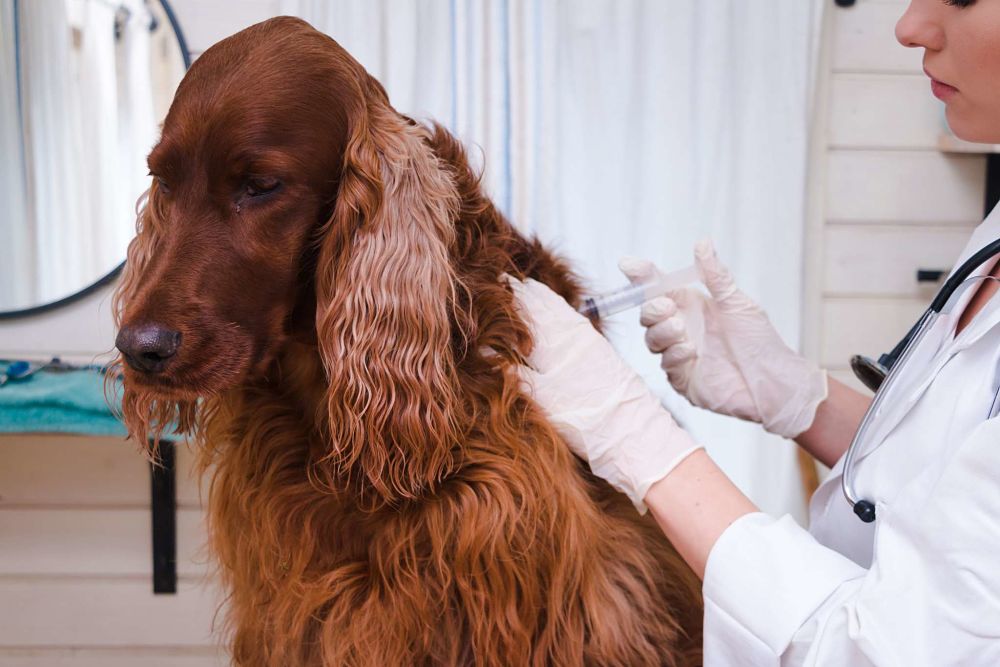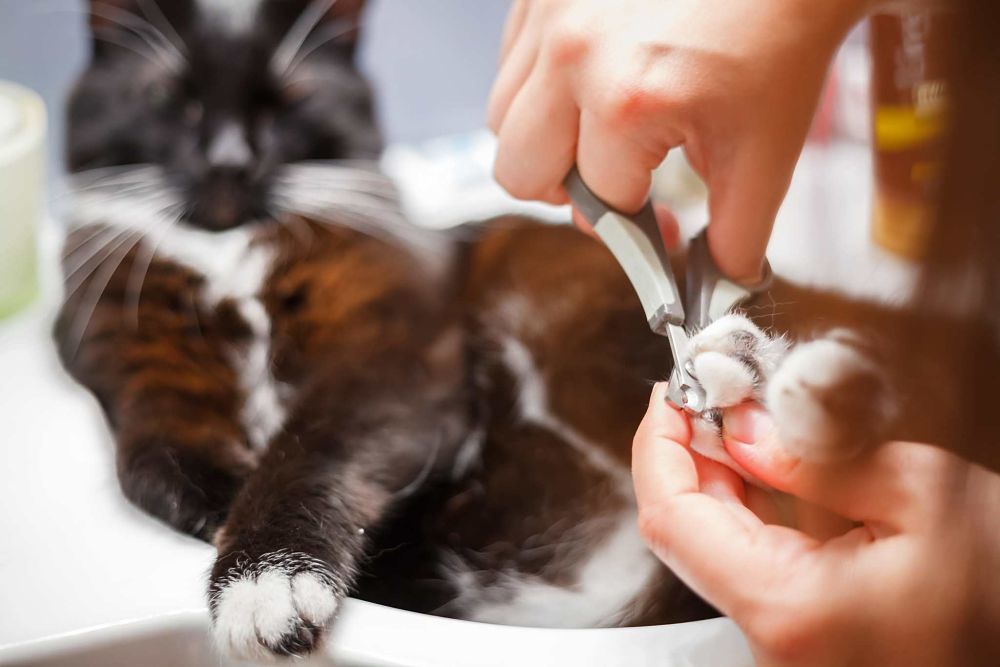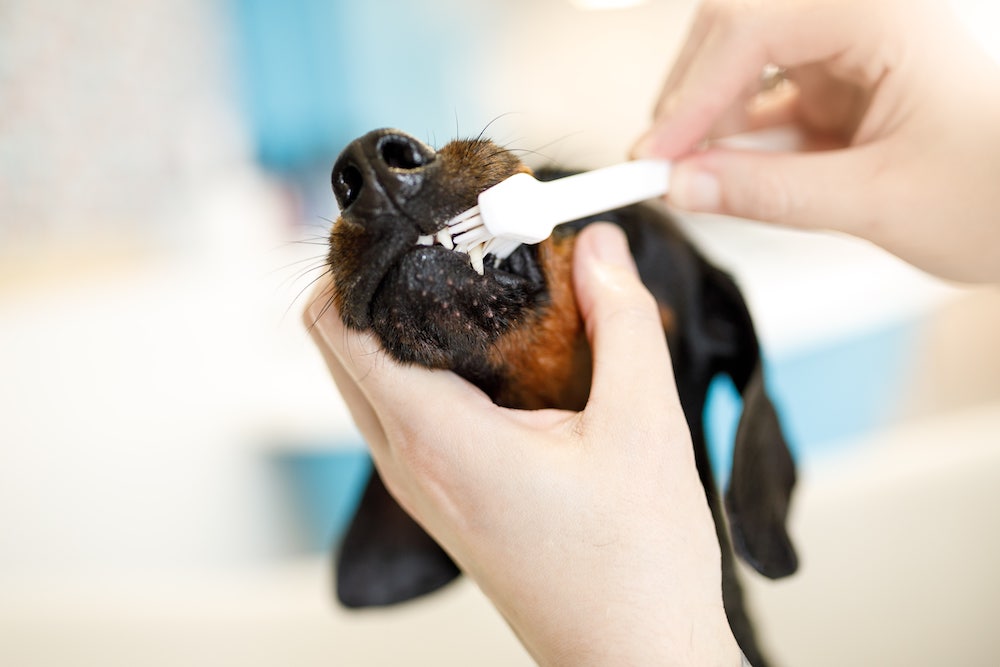
How to Remove a Tick from Your Pet
by Amy Smith - 4/24/19
With spring approaching, ticks will soon become active, looking for a tasty host—like your dog or cat. These pesky parasites attach themselves to host animals in order to feed on their blood, and while they’re feasting, they can transmit disease and cause skin irritation.
Avoiding ticks altogether would be great, but if your dog or cat does pick them up, learn how to remove a tick quickly and safely.
Dangers of Ticks
Ticks are most notorious for transmitting Lyme disease, which poses a threat to humans and to dogs. Signs your dog has contracted Lyme disease can include joint and muscle pain, swollen lymph nodes and even kidney damage. Although cats are not susceptible to Lyme disease, they may carry ticks into your house, exposing you and your family to possible tick bites.
Some less-common diseases are also transmitted to dogs by ticks, including ehrlichiosis, which is marked by fever, lethargy, loss of appetite, swollen lymph nodes, bruising/bleeding, lameness and vomiting; anaplasmosis, which causes fever, stiffness and loss of appetite; and Rocky Mountain spotted fever, which manifests with swelling, bleeding and fever. After a tick bite, cats may rarely contract cytauxzoonosis, which brings high fever, loss of appetite, jaundice and severe anemia. Besides these diseases, tick bites can cause skin irritation and discomfort for your pet, so it’s best to avoid or remove them as soon as possible.
Avoiding Ticks
If you live in an urban area, it’s possible to avoid ticks so that you rarely face the problem of removing them from pets. Ticks are most commonly found in woods, long grass, leaf piles and anywhere rodents live, such as stone walls and picnic areas. Avoiding prolonged romps in long grass and woods may help you avoid ticks, and many anti-tick products are commercially available, or you can try making your own natural tick and flea powder.
Still, it’s probably not practical or healthy to avoid the great outdoors altogether, and tick repellent is not always 100 percent effective. If your pet has been in any tick-friendly places, you’ll need to carry out a thorough tick check.
Spot That Tick
In warm weather, and especially if you live in an area with a high incidence of tick bites, check your pet daily for ticks. Use your fingers and eyes to search your pet’s fur from nose to tail, paying special attention to groin, toes, ears, anal area, tail, eyelids, face and head. A tick will feel like a tiny bump (or not so tiny, if it is swollen with blood), but on closer inspection you will see a body with eight legs and a little head attached to your animal’s skin. Dogs and cats may help you locate ticks by scratching or biting at an affected area, so keep an eye out for behavior that may lead you to the offending tick.
Removing a Tick
If you find a tick, you should remove it right away. Ticks removed within 24 hours are unlikely to transmit disease, so a prompt response is important. Several commercial tick removers, such as the Tick Key, are available and well-reviewed by pet owners.
But, you can also simply use small-nosed tweezers. Spread your pet’s fur apart so you have a good view of the offending tick. With the tweezers, grasp the tick as close to the animal’s skin as possible. Pull firmly upwards, away from the skin until the tick releases its bite. Your aim is to remove the entire tick, without squeezing its body (this could squish infected fluids back into your pet’s bloodstream) and without breaking the tick and leaving its head embedded in the animal’s skin. Drop the tick in a little rubbing alcohol to kill it or flush it down the toilet. Then, clean the bite area with rubbing alcohol, iodine or antibacterial soap. If you had difficulty removing the tick and think some part of it is still stuck in your pet’s skin, get the animal checked by a vet for complete removal.
Amy Smith is a writer, specializing in family and parenting topics. She teaches English, Latin, and music at a private school and lives with her husband and five children on a small homestead in rural Pennsylvania.
References




.jpg)

.jpg)
























.jpg)

























































.jpg)












